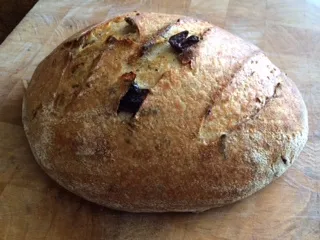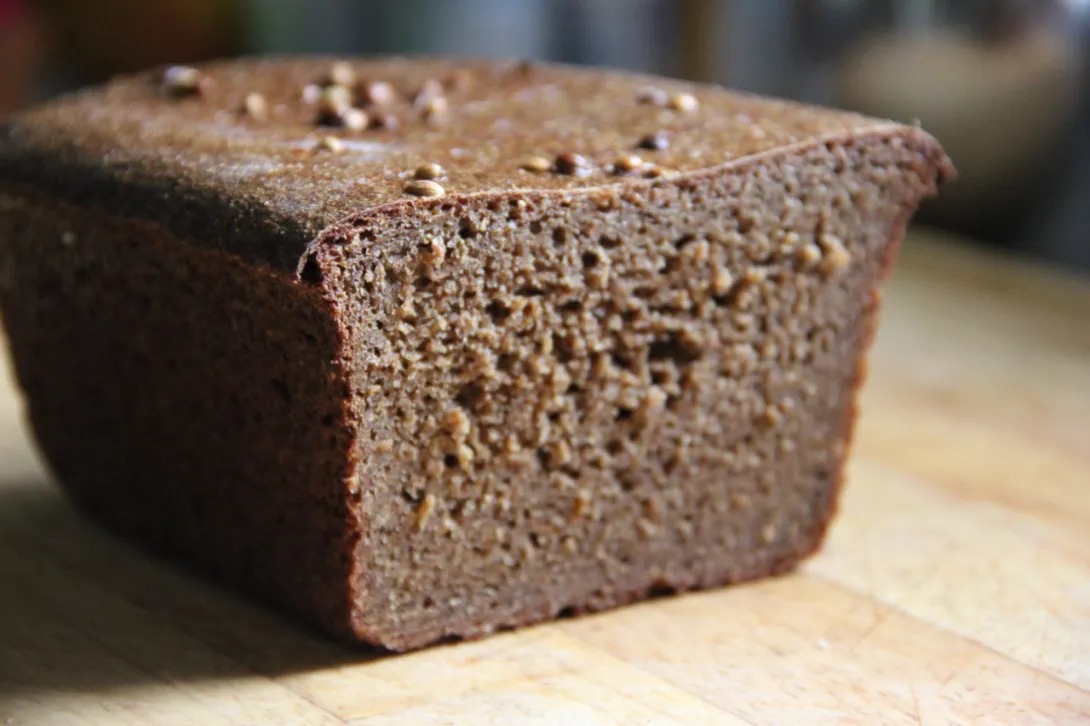First Artesian shopping trip & Yeast video
A few days ago I realized I didn't have some vital ingredients for really starting to make great bread. I promised myself I'd go on a solo shopping trip, and tracked down a great tiny organic food mart in town (in which I had a delightful conversation with the girl behind the counter who's own SD was struggling). This is what I added to my baking arsenal today:
Organic spelt flour, Organic raisins (for YW & baking), Organic wheat flour, some wheat gluten, some dry yeast (I didn't have any but I'm trying not to use it), corn meal and a baking stone.
- Log in or register to post comments
- 3 comments
- View post
- tea berries's Blog










